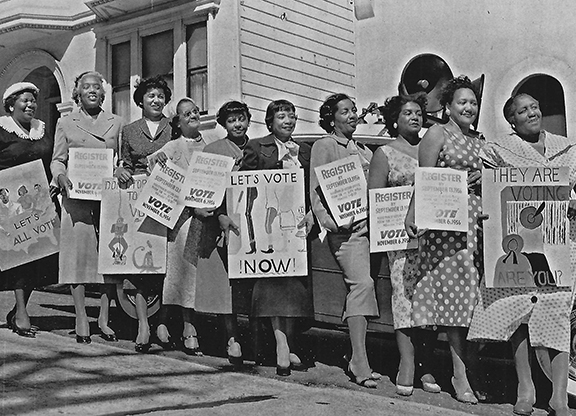What’s at stake with SCOTUS nomination – an editorial
On the eve of Black History Month — February — President Joe Biden announced his intentions of nominating an African American woman to replace the soon-to-be-retired U.S. Supreme Court Justice Stephen Breyer. Sitting on the court now are six men and three women. All justices have life tenure, until either retirement or death. Three members are generally considered “liberal” and the rest “conservative” in their views.

If a Black woman wins the nomination with Senate approval, she will only be the third Black judge to even sit on the bench since the court’s founding in 1789 — the other two are the late Thurgood Marshall and Clarence Thomas. She would join three other women as justices — Sonia Sotomayor, who is Latinx, Elena Kagan and Amy Coney Barrett. Out of a total 115 Supreme Court justices, 108 have been white men; two have been Black men; and five have been women.
Civil rights and women’s organizations are understandably excited by the prospects of this nomination, considering the fact that this will be the first Black woman to hold such a position. Both nationality and gender are social and historical considerations.
Such a nomination would be groundbreaking. The right to political representation grew out of the radical Reconstruction period following the U.S. Civil War, when formerly enslaved people of African descent fought for bourgeois democratic rights — the right to vote, education, 40 acres and a mule, and other rights that white men generally enjoyed.
These rights were either short-lived or never came to fruition, due to the violent counterrevolution led by the remnants of the Confederacy, coupled with the betrayal by the U.S. government.
Consider that the right to vote today is slowly but surely being weakened by the ultraright.
A sordid history of racist reaction
From a class point of view, even if a Black woman were to become a chief justice, it would not change the balance of power between the so-called liberal and so-called conservative positions. Even with this reality racist senators, like Senate Minority Leader Mitch McConnell from Kentucky, have already threatened to lead an opposition vote in the Senate of the nominee, accusing Biden of accommodating the “radical left.”
Whoever sits on this court, like with lower courts, will not change the class character of this body. Just like the presidency, along with Democrats and Republicans in Congress, SCOTUS exists to legally uphold the private property rights of the billionaire ruling class and most importantly its laws that undermine the rights of untold millions of working and oppressed peoples.

National Council of Negro Women members in 1956 promoting their campaign entitled “A Voiceless People is a Hopeless People.” This protest occurred 36 years after passage of the 19th Amendment, guaranteeing the right of mainly white women to vote.
If SCOTUS makes any progressive decisions, like the 1954 Brown v. Board of Education decision to desegregate schools or the 1973 Roe v. Wade decision — where an all-male, majority Republican court granted the right to abortion — a mass movement forced them to do so. It was SCOTUS which upheld the notorious Dred Scott decision in 1857 that denied full citizenship to Black people held in bondage. This court legalized segregation throughout the U.S. in Plessy v. Ferguson in 1898.
Solidarity with the most oppressed
Fighting white supremacy is decisive to building class solidarity. This can never be taken for granted by progressive and revolutionary forces. The individual right to political representation of the most oppressed, even in a bourgeois institution like SCOTUS, must be defended against the most racist elements like the McConnells and die-hard Trumpites. To criticize and dismiss this right, denied for hundreds of years since the days of slavery, will do much more harm than good in building the class solidarity needed to overturn capitalist institutions that block the way of guaranteeing all forms of social equality.
Phot Credit: Martha Vineyard’s Museum

